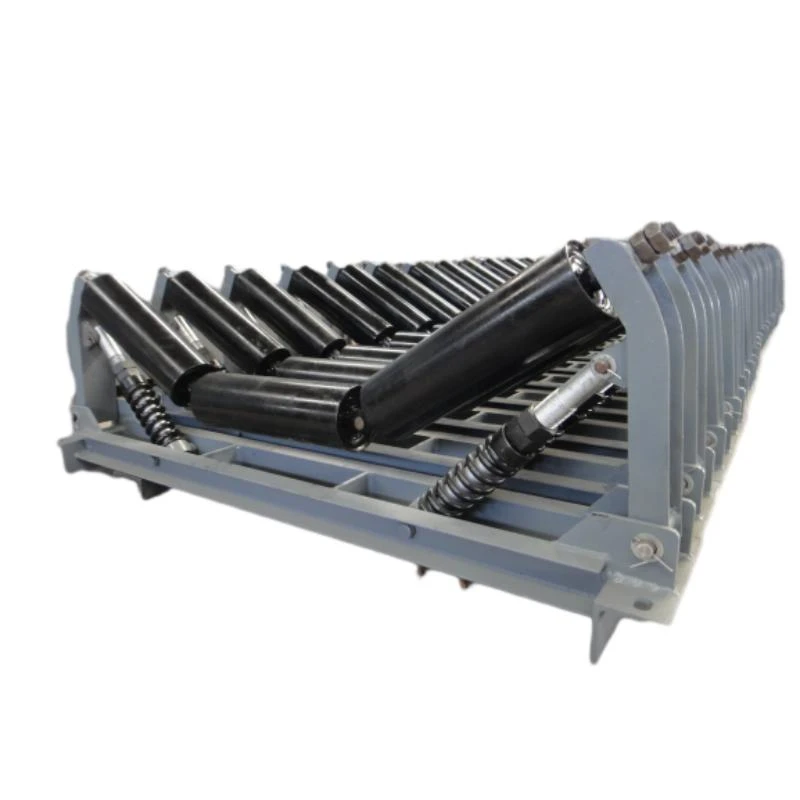 Afrikaans
Afrikaans  Albanian
Albanian  Amharic
Amharic  Arabic
Arabic  Armenian
Armenian  Azerbaijani
Azerbaijani  Basque
Basque  Belarusian
Belarusian  Bengali
Bengali  Bosnian
Bosnian  Bulgarian
Bulgarian  Catalan
Catalan  Cebuano
Cebuano  Corsican
Corsican  Croatian
Croatian  Czech
Czech  Danish
Danish  Dutch
Dutch  English
English  Esperanto
Esperanto  Estonian
Estonian  Finnish
Finnish  French
French  Frisian
Frisian  Galician
Galician  Georgian
Georgian  German
German  Greek
Greek  Gujarati
Gujarati  Haitian Creole
Haitian Creole  hausa
hausa  hawaiian
hawaiian  Hebrew
Hebrew  Hindi
Hindi  Miao
Miao  Hungarian
Hungarian  Icelandic
Icelandic  igbo
igbo  Indonesian
Indonesian  irish
irish  Italian
Italian  Japanese
Japanese  Javanese
Javanese  Kannada
Kannada  kazakh
kazakh  Khmer
Khmer  Rwandese
Rwandese  Korean
Korean  Kurdish
Kurdish  Kyrgyz
Kyrgyz  Lao
Lao  Latin
Latin  Latvian
Latvian  Lithuanian
Lithuanian  Luxembourgish
Luxembourgish  Macedonian
Macedonian  Malgashi
Malgashi  Malay
Malay  Malayalam
Malayalam  Maltese
Maltese  Maori
Maori  Marathi
Marathi  Mongolian
Mongolian  Myanmar
Myanmar  Nepali
Nepali  Norwegian
Norwegian  Norwegian
Norwegian  Occitan
Occitan  Pashto
Pashto  Persian
Persian  Polish
Polish  Portuguese
Portuguese  Punjabi
Punjabi  Romanian
Romanian  Russian
Russian  Samoan
Samoan  Scottish Gaelic
Scottish Gaelic  Serbian
Serbian  Sesotho
Sesotho  Shona
Shona  Sindhi
Sindhi  Sinhala
Sinhala  Slovak
Slovak  Slovenian
Slovenian  Somali
Somali  Spanish
Spanish  Sundanese
Sundanese  Swahili
Swahili  Swedish
Swedish  Tagalog
Tagalog  Tajik
Tajik  Tamil
Tamil  Tatar
Tatar  Telugu
Telugu  Thai
Thai  Turkish
Turkish  Turkmen
Turkmen  Ukrainian
Ukrainian  Urdu
Urdu  Uighur
Uighur  Uzbek
Uzbek  Vietnamese
Vietnamese  Welsh
Welsh  Bantu
Bantu  Yiddish
Yiddish  Yoruba
Yoruba  Zulu
Zulu conveyor guide rollers
The Role and Importance of Conveyor Guide Rollers in Material Handling Systems
In the modern industrial landscape, efficient movement and handling of materials are pivotal to operational success. Among the numerous components that facilitate this efficiency, conveyor guide rollers play a crucial role. These mechanical devices ensure the smooth operation of conveyor belts, which are an integral part of various industries, including manufacturing, logistics, and food processing.
Conveyor guide rollers are designed to maintain the alignment and positioning of conveyor belts as they move. They serve several essential functions, primarily centered around improving the performance and longevity of conveyor systems. By keeping the belt correctly aligned, these rollers help to prevent excessive wear on the belt and associated components, thus reducing maintenance costs and downtime.
Design and Functionality
Typically made from durable materials such as steel or polymer, conveyor guide rollers are engineered to withstand significant loads and environmental factors. The design of these rollers may vary depending on the specific application, but they generally consist of a cylindrical shape that allows for smooth rotation. Some advanced models may include features such as sealed bearings or adjustable designs to accommodate various belt types and widths.
The primary functionality of conveyor guide rollers includes
1. Belt Alignment One of the most critical roles of guide rollers is to ensure that the conveyor belt remains centered and aligned. Misalignment can lead to uneven wear on the belt, resulting in costly repairs and the potential for operational delays.
2. Load Distribution By helping to distribute the load evenly across the width of the conveyor belt, guide rollers prevent excess pressure on specific points. This distribution is crucial for maintaining the integrity of the belt and prolonging its lifespan.
3. Reduction of Friction By providing a smooth surface for the belt to glide over, conveyor guide rollers reduce friction. This is essential for optimizing energy consumption, as motors do not need to work as hard to move the belt, resulting in lower operational costs.
4. Facilitating Safe Operations The presence of well-maintained guide rollers contributes to overall workplace safety. Properly aligned conveyors are less likely to cause accidents or injuries, thereby promoting a safer work environment.
Applications in Various Industries
Conveyor guide rollers find applications in a wide range of industries
conveyor guide rollers

- Manufacturing In manufacturing settings, guide rollers help transport products through different stages of production, from assembly lines to packaging processes
.- Logistics In warehouses and distribution centers, guide rollers are used to move pallets and packages efficiently, ensuring that items reach their destinations promptly.
- Food Processing In the food industry, where hygiene is paramount, conveyor guide rollers facilitate the movement of goods while adhering to strict sanitation standards. Rollers made from food-grade materials are designed to withstand harsh cleaning processes without contamination.
Maintenance and Best Practices
To ensure optimal performance and longevity of conveyor guide rollers, regular maintenance is necessary. Here are some best practices to consider
1. Routine Inspections Regularly inspect rollers for signs of wear, misalignment, or damage. Early identification of issues can prevent more significant problems down the line.
2. Lubrication Keep rollers properly lubricated to minimize friction and wear. The type of lubricant used should be suitable for the application, particularly in food processing roles.
3. Alignment Checks Periodically check the alignment of conveyor belts. Adjustments should be made promptly to prevent misalignment from causing further complications.
4. Replacement Planning Establish a replacement schedule for guide rollers based on usage and wear patterns. This proactive approach can help avoid unexpected breakdowns.
Conclusion
Conveyor guide rollers are an integral component of efficient material handling systems. Their ability to ensure belt alignment, distribute loads, reduce friction, and enhance safety makes them indispensable in various industrial operations. By understanding their importance and implementing best practices for maintenance, businesses can optimize their conveyor systems, ultimately leading to improved productivity and reduced costs. As industries continue to evolve, the role of guide rollers will remain critical in supporting the flow of materials and the efficiency of operations worldwide.
-
Trusted Conveyor Solutions from Leading Conveyor Idler Roller ManufacturersNewsJun.27,2025
-
Reliable Return Idler Solutions for Efficient Belt Conveyor SystemsNewsJun.27,2025
-
Precision Conveyor Accessories for Streamlined Material HandlingNewsJun.27,2025
-
High-Quality Belt Conveyor Idler Solutions for Efficient Material HandlingNewsJun.27,2025
-
High-Performance Belt Conveyor Pulleys for Reliable Material HandlingNewsJun.27,2025
-
Enhancing Material Handling EfficiencyNewsJun.27,2025





























